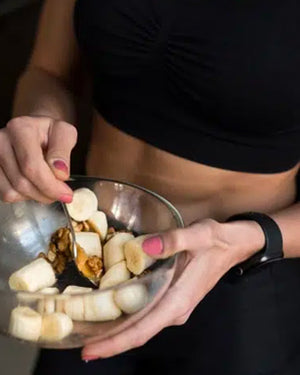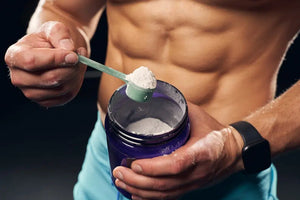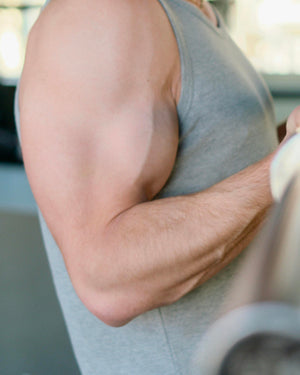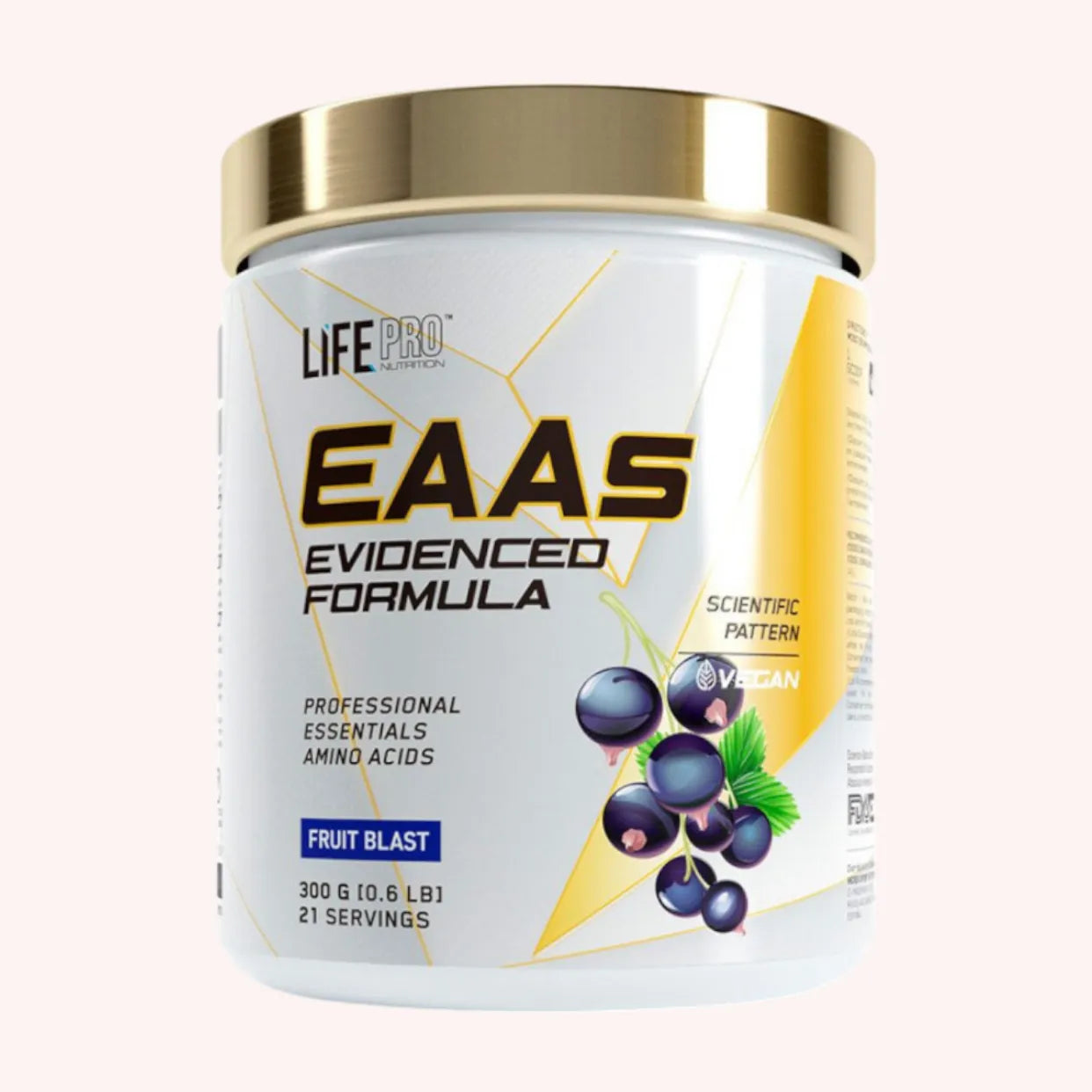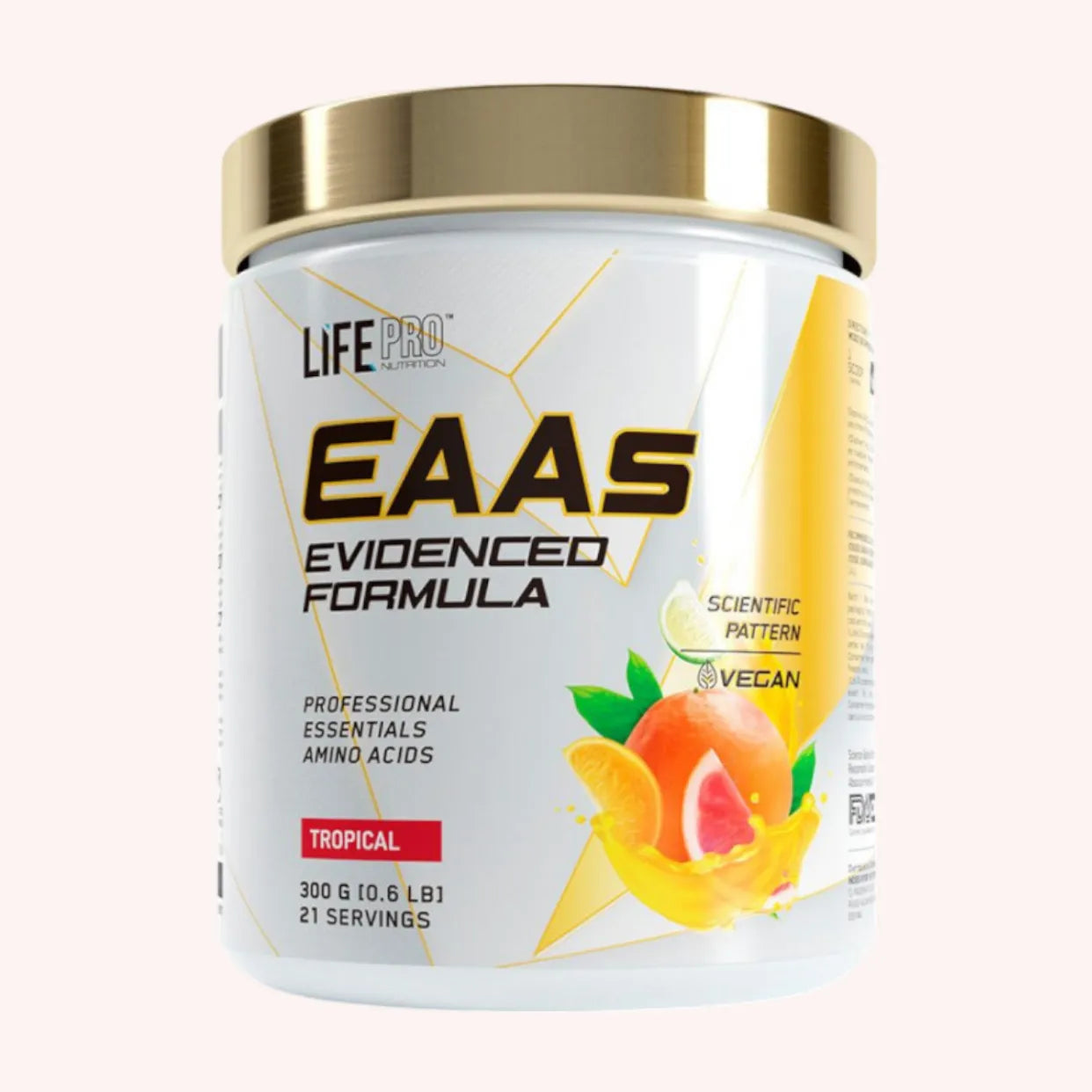Muscle cramps are a common occurrence during sports, including weight training. While harmless in most cases, they can be very painful and uncomfortable. Here are some tips on how to avoid cramps during your weight training sessions.
Understanding the causes of cramps
First and foremost, it's important to understand the mechanism of cramps to better prevent them. Cramps result from an involuntary, sudden, and prolonged contraction of a muscle or group of muscles. They can occur due to several factors, such as dehydration, muscle exhaustion, or electrolyte imbalance.
Dehydration
When you sweat while exercising, you lose not only water but also minerals essential to the proper functioning of your body, including sodium, potassium, calcium, and magnesium, which contribute to the relaxation and contraction of your muscles. Dehydration can therefore cause cramps.
Muscle exhaustion
Muscle fatigue can lead to cramps. When your muscles are exhausted after intense exercise, their ability to contract and relax properly can be reduced. This is why leg cramps often occur when increasing training load or in athletes who have just started weight training .
Electrolyte imbalance
An imbalance in your body's electrolyte (mineral) levels can also cause cramps. Electrolytes, such as sodium, potassium, and calcium, are essential for the proper transmission of electrical signals between nerve and muscle cells. An imbalance, therefore, causes poor signaling, leading to involuntary contractions of your muscles.
Other things that can also cause cramps include:
- Improper stretching: Improperly stretched muscles are not flexible enough to respond to the demands of exercise and therefore develop cramps.
- Lack of recovery: Training when your body needs rest can also lead to cramps.
Adopt the right reflexes to prevent cramps
Drink enough water
It's crucial to stay hydrated before, during, and after exercise to compensate for water and mineral losses through sweat. The amount of water you need varies depending on several factors, such as climate, exercise intensity, and your body weight. However, a good rule of thumb is to drink about 500 ml of water one hour before training, followed by 200 to 250 ml every 20 minutes during exercise.
Perform a proper warm-up
A proper warm-up is essential before every strength training session. It gradually increases the temperature and blood circulation in your muscles, thus limiting the risk of cramps. Take at least 10 minutes to do a complete warm-up that includes light cardiovascular exercises like cycling, jumping rope, or running, followed by some dynamic movements and stretches specific to the muscles being worked.
Practice post-workout stretching
Just like warming up, stretching after each workout is essential to prevent cramps. Passive stretching after a strength training session helps improve your flexibility, eliminate tension accumulated during exercise, and promote recovery. Take a few minutes to stretch the main muscles you're working, holding each position for 15 to 30 seconds, without straining or feeling pain. Be careful not to force the muscles while stretching, as this could cause involuntary cramps.
Respect recovery times
Muscle exhaustion is also a contributing factor to cramps. Therefore, it's crucial to allow adequate rest between strength training sessions. Muscles need time to regenerate, and this also allows the body to eliminate toxins produced during exercise. A well-designed training program should balance sessions of varying intensity with recovery days.
Ideally, leave at least 48 hours of rest between workouts that target the same muscle groups and take about 1 to 2 minutes of rest between each set.
Increase your mineral intake
Eating a balanced diet and getting enough electrolytes can help prevent cramps. Foods rich in potassium (bananas, avocados, spinach), calcium (dairy products, green vegetables), and magnesium (nuts, whole grains, legumes) contribute to proper muscle function and promote relaxation. Make sure you eat a balanced diet rich in fruits, vegetables, dairy products, and whole grains to get the right mineral intake.
Also, avoid eating large meals just before your weight training session because difficult digestion leads to poor blood circulation, which increases the risk of cramps.
Act quickly in case of cramps
Despite all these tips, sometimes cramps are unavoidable. Here are some steps to take immediately in the event of a painful contraction:
- Stop the exercise: Stopping the activity that causes the cramp is a first step to take to relieve the affected muscle.
- Stretch gently: To relax the cramped muscle, perform a slow, gradual, and gentle stretch of the muscle affected by the cramp. Hold the stretch for about 30 seconds, then release.
- Massage the contracted area: Using your fingers, perform a gentle, circular massage on the painful muscle to stimulate blood circulation and promote muscle relaxation.
- Apply heat or cold: Depending on your preference, place a hot water bottle or an ice pack wrapped in a cloth on the affected muscle to help reduce pain and encourage muscle relaxation.
How to Avoid Cramps: In Summary
By applying these tips during your strength training sessions, you should notice a decrease in the frequency and intensity of cramps. However, if cramps persist or worsen despite these preventative measures, don't hesitate to consult a healthcare professional to rule out any underlying medical causes.

